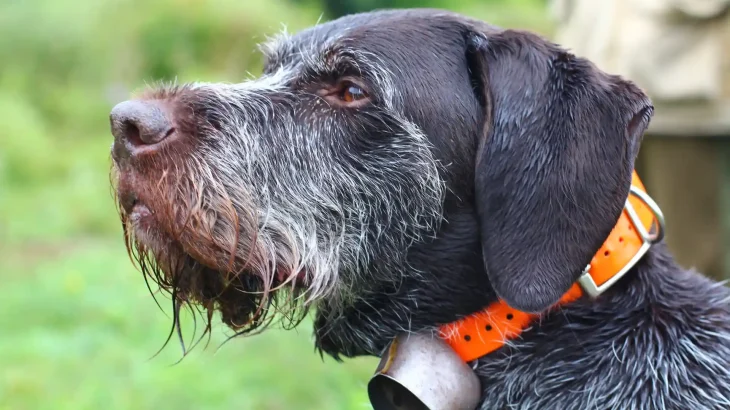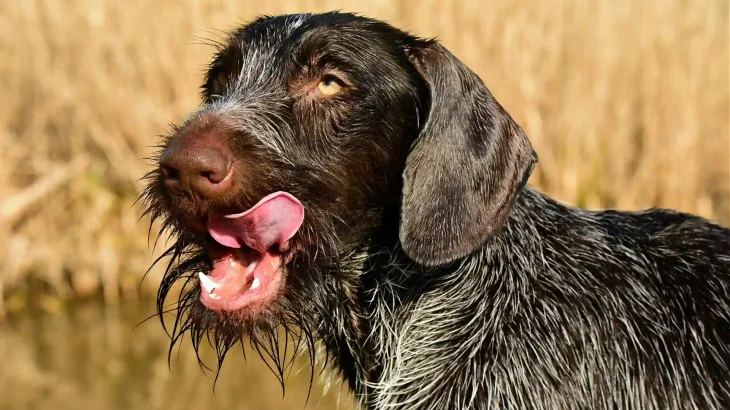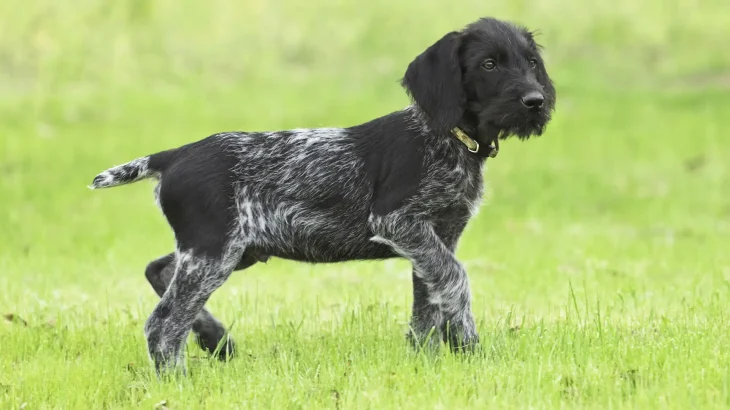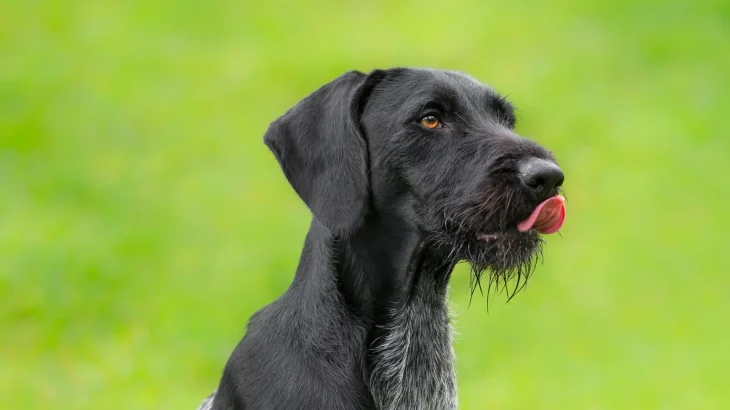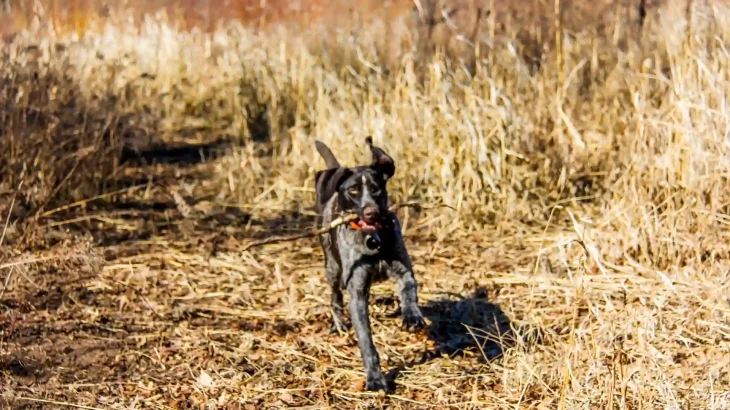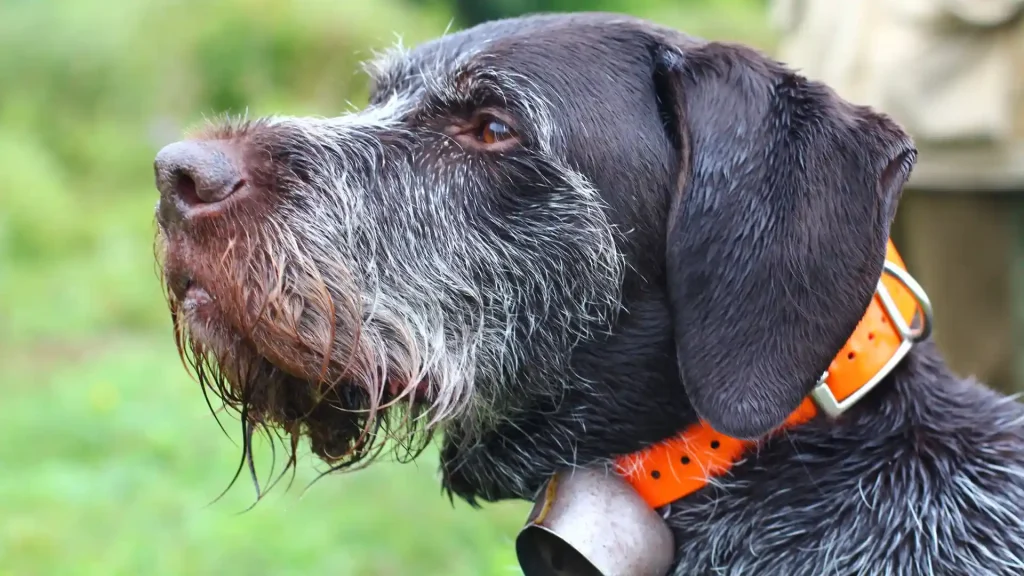When deciding whether to bring a Stichelhaar puppy into your home, you might weigh the benefits of adopting versus purchasing from a breeder. Buying from a reputable breeder often means you get a puppy with a clear health history and pedigree, which is important for a hunting breed like the Stichelhaar. On the other hand, adopting can be a wonderful way to provide a home to a dog in need, even if some breed details might be less certain.
Adoption vs. Breeder: Pros & Cons
| Criteria | Buying from Breeder | Adopting from Shelter/Rescue |
|---|---|---|
| Cost | Higher cost due to purebred status and breeder expenses. | Lower adoption fees often including initial medical care. |
| Health History | Detailed records and genetic screening available. | Health history may be limited or unknown; basic checks done. |
| Age Availability | Primarily puppies, allowing early training and socialization. | Wide age range, including adults ready for adoption. |
| Temperament Insight | Breeder can provide insights into lineage behavior traits. | Temperament assessed but less predictable without full history. |
| Supporting Practices | Supports ethical breeding if chosen carefully. | Supports animal welfare by saving a dog in need. |
| Breed Purity & Pedigree | Guaranteed pedigree and breed standards. | Breed purity may be uncertain or mixed. |

